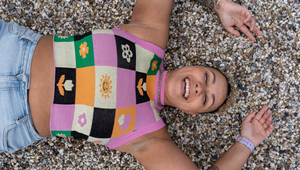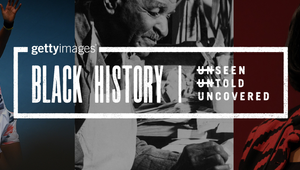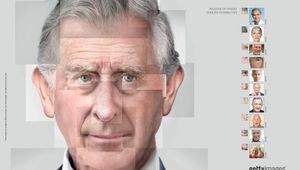
Brands Aren’t Representing Women in Sports Effectively. Again.
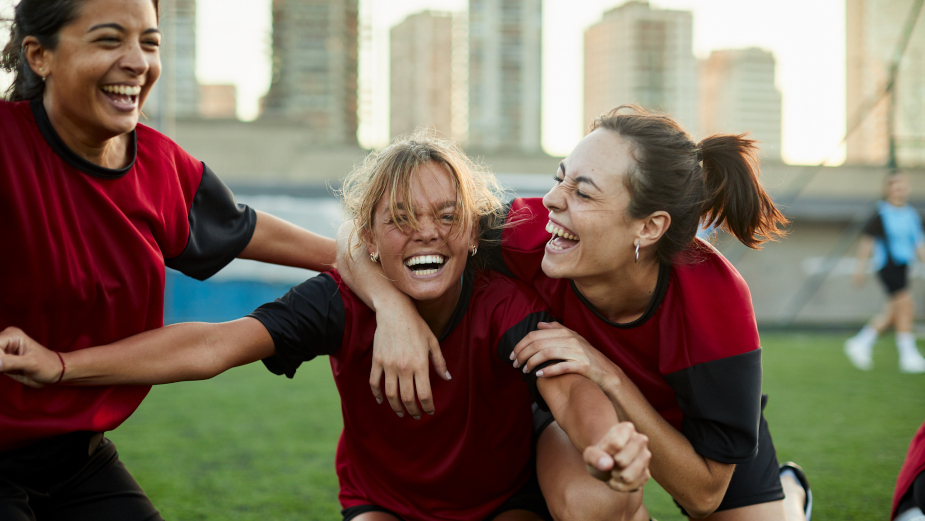
Image Credit: Tempura/iStock
iStock, the leading e-commerce platform providing premium visual content to businesses, creatives and students everywhere, has recently revealed that only 9% of its most downloaded sports visuals depict women and girls actively participating in sports. When looking at football in isolation, the results are only marginally better, with just 13% of football-related customer downloads showing women and girls.
This comes after iStock’s VisualGPS insights platform indicated that 65% of Brits agree that sports organisations and businesses of all sizes should make a greater effort to promote women’s teams and female stars. Moreover, VisualGPS revealed that 73% of Brits want to see authentic portrayals of female athletes, where their skill and athleticism is emphasised over their looks or sex appeal.
According to iStock’s research, there is a clear disparity between what customers want to see in the context of women and girls in sport and what they actually are given by brands and businesses. While seven in 10 people of all genders consider it paramount to provide female athletes with the same level of coverage as their male counterparts, the visuals businesses do engage with do not reflect that.
Both Getty Images and iStock have long worked for promoting authentic representation - this includes their Women in Sports Guidelines, aimed at major sports rights holders and brands, as well as the current findings by iStock that come right on time as the world’s eyes are glued to the start of the Women’s World Cup in Australia and New Zealand. According to Jacqueline Bourke, director and head of creative insights EMEA at Getty Images and iStock, while today’s female athletes are conversation drivers on mental health, gender pay equality, parenthood, body empowerment, LGBTQ+ inclusion and many other issues, the visibility gap remains and the way we visualise women in sports needs to change.
“We know that the covid pandemic shone a light on the power of sports to improve mental health,” she says. “And the key takeaway from our initial findings was that the emotional benefits are now more important to consumers and sports fans than the physical aspects.” To Jacqueline, it is striking that 63% of the British public believe that athletes and sports organisations should talk more about mental health - while female sports stars, such as Naomi Osaka and Simone Biles have already started leading cultural conversations around the topic.

Image Credit: Alex Potemkin/iStock
The findings are backed by Visual GPS, as mentioned before, which was launched over three years ago on Getty Images and iStock, as an extension of the platform’s visual content expertise. It pulls together over 2.7 billion searches from over 828,000 customers in almost every country in the world, combined with image testing and custom market research that they conduct on an ongoing basis. The goal of this, says Jacqueline, is to understand consumer sentiment and draw on the visual expertise of the wider creative department at Getty Images and iStock.
“What we are seeing consistently, as we survey a minimum of 7,000 people in 25 countries, is that consumers really want to see sports organisations and businesses of all sizes make a greater effort to promote women’s teams.” So, why aren’t they?
According to Jacqueline, the huge explosion of interest in women’s sports in the UK last year after the Lionesses brought it home has not been reflected at that scale in this year’s lead-up to the Women’s World Cup. “Our research shows that there is a continued appetite from consumers, however.” She explains that the reason of lesser engagement might lie in the lack of understanding from businesses and brands on how to bring the inclusive lens that speaks to different identity layers for women and girls, that authentically closes the visibility gap, rather than opening more issues (e.g. portraying women, but only white women).
It’s important to keep visibility intersectional and engage with content that looks natural, reflecting accurately the world consumers live in. But there’s more - Jacqueline adds that it is important to also understand how female athletes themselves want to be visually represented. “In the UK, we conducted workshops with female athletes from a wide variety of sports, as well as with the Women’s Sports Trust,” she says. “There is not one look that all women and girls involved in sports have, or those looking to participate in sports, will relate to. For example, by showing athletes receiving support from female coaching staff or bringing a more inclusive lens to people participating in sports at all levels.”
To support businesses of all sizes to effectively market to women in sports, Getty Images and iStock’s recommendations are fool-proof. Athletic capabilities and key action moments should trump appearance - this avoids sexualisation. A range of realities is also important - showing both the elite and the grassroots level creates deeper engagement. Including staff, such as coaches, provides more comprehensive representation of the power, skill and involvement of women in sports. Emotions are key - women aren’t always happy in sports, sometimes they are disappointed, angry, frustrated or in pain. And above all, Jacqueline says diversity is non-negotiable: “Your visuals need to represent diversity in age, ethnicity, ability and realistic body shapes for the sport you are showing.”
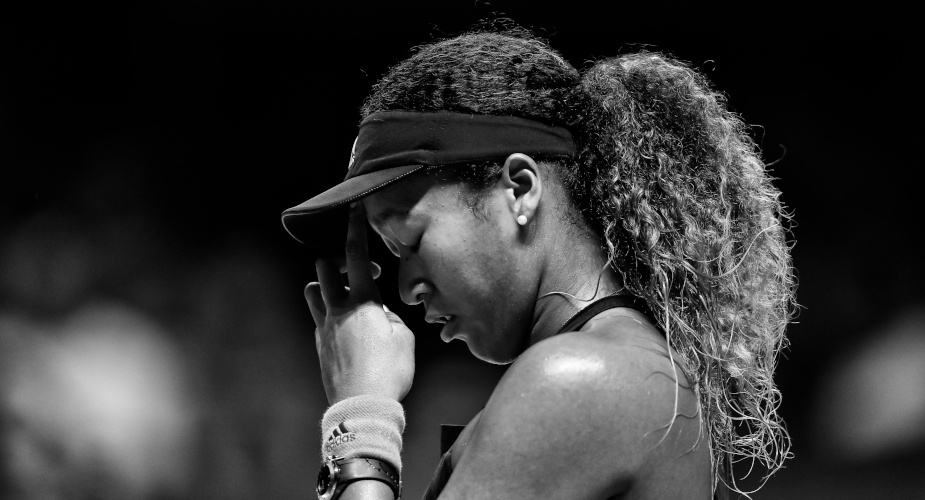
Image Credit: Fred Lee/Getty Images
When it comes to representing women, a win in one space sometimes means negligence in another. “Over the last few years, we have seen more conversations around visualising women in perimenopause and menopause,” reminds Jacqueline. And that’s why iStock and Getty Images thought they should use that momentum to connect two spheres and accelerate authentic female presence in both. “We felt that understanding how we could reach out to women in midlife between the ages of 40 and 55, who are going through either perimenopause or menopause, and how we can help create relatable visuals that will encourage them to participate in sports.”
The platforms then partnered with Women in Sport to create a gallery of content that shows women in midlife from all over the UK, who have turned their back gardens, garages and local parks into their own gyms or sports recreation areas to keep themselves active during the pandemic. “The gallery was 100% curated by women, from the ideation, creative direction, photographers and videographers behind the scenes, capturing the stories of these incredible women, to ensure the visual storytelling was authentic, relatable and ultimately inspires people to action.”
This hasn’t fallen on deaf ears though - some brands are aware of the disparity in what people want to see and what they’re putting out, so the movement is beginning to gain momentum. But is it fast enough if huge opportunities for representation like the Women’s World Cup are being missed? “Brands and businesses want to do better and represent women and girls in sport in a more thoughtful and authentic way,” explains Jacqueline. “They are becoming keenly aware that they are communicating to audiences that desire inclusive representation, and who are not afraid to call them out if they get it wrong. According to VisualGPS, almost one in three women who do not play or follow sports declared that they were never even given the opportunity to learn about the sport they were interested in and/or were afraid of being judged.”
“Ultimately, businesses have the opportunity to empower female participation in sports by using images and videos that focus on what women and girls of all backgrounds and ages can do, rather than how they look.” Shining a spotlight on the ‘full female sporting experience’ through an authentic lens is what will ultimately begin bridging the gap in sport. Women and girls seeing themselves as emotional, engaged participants in sporting activities online and through communications on their channels of choice is many times likely to encourage them to understand their value in sport.
Jacqueline leaves us with this: “Women and girls are not one homogenous group and there is not ‘one’ look to show us women in sports. The top visual preferences we have seen from consumers through our VisualGPS research are women and girls of all ages, body types, abilities and ethnicities engaging in sport. They engage with sports at all levels - as fans, players, coaches, community leaders and sports club owners, so that is what should be reflected in your visuals.”









